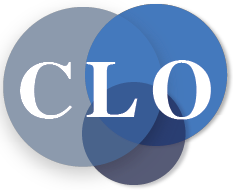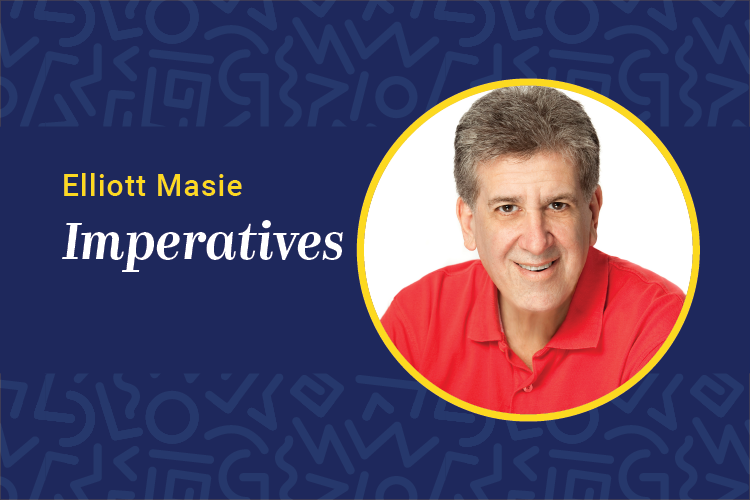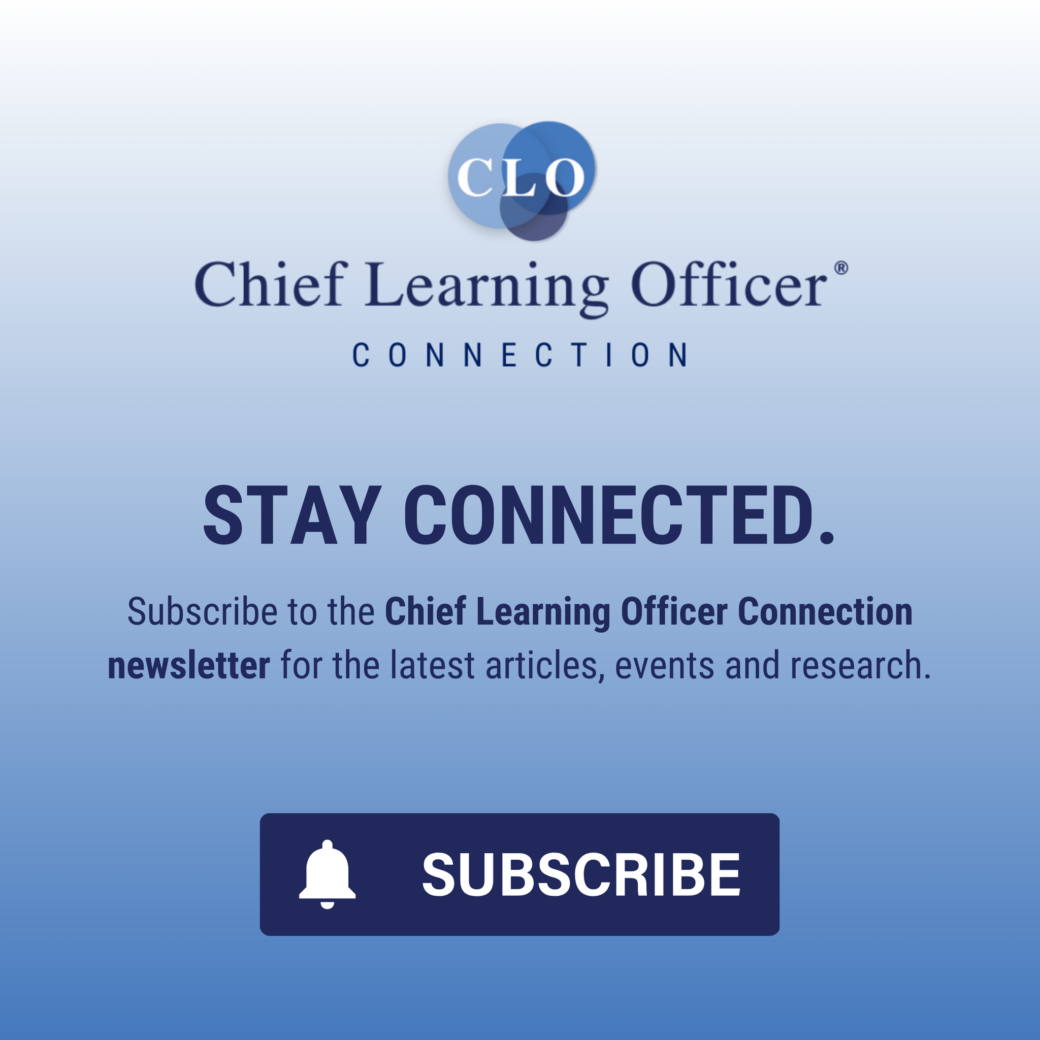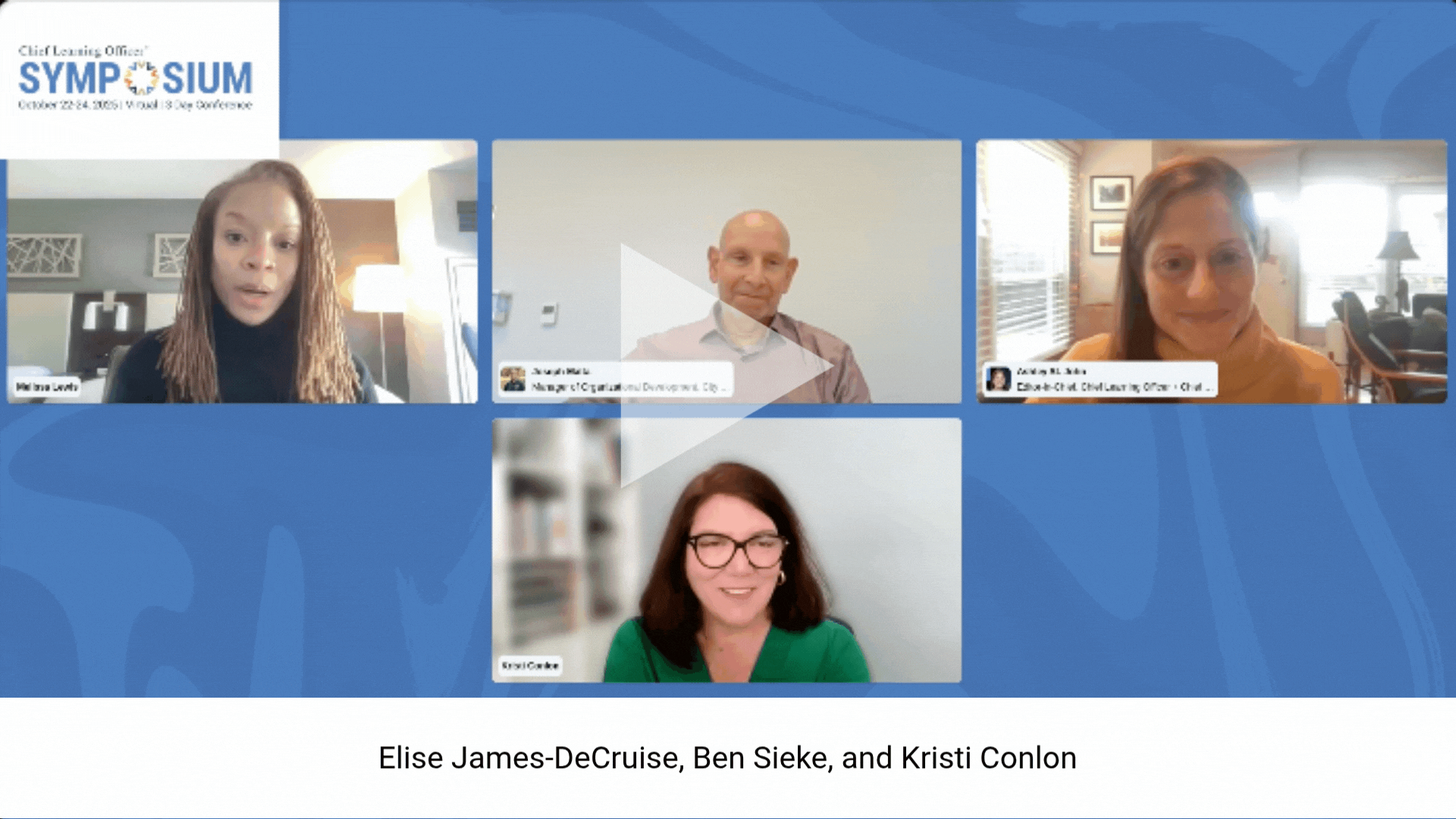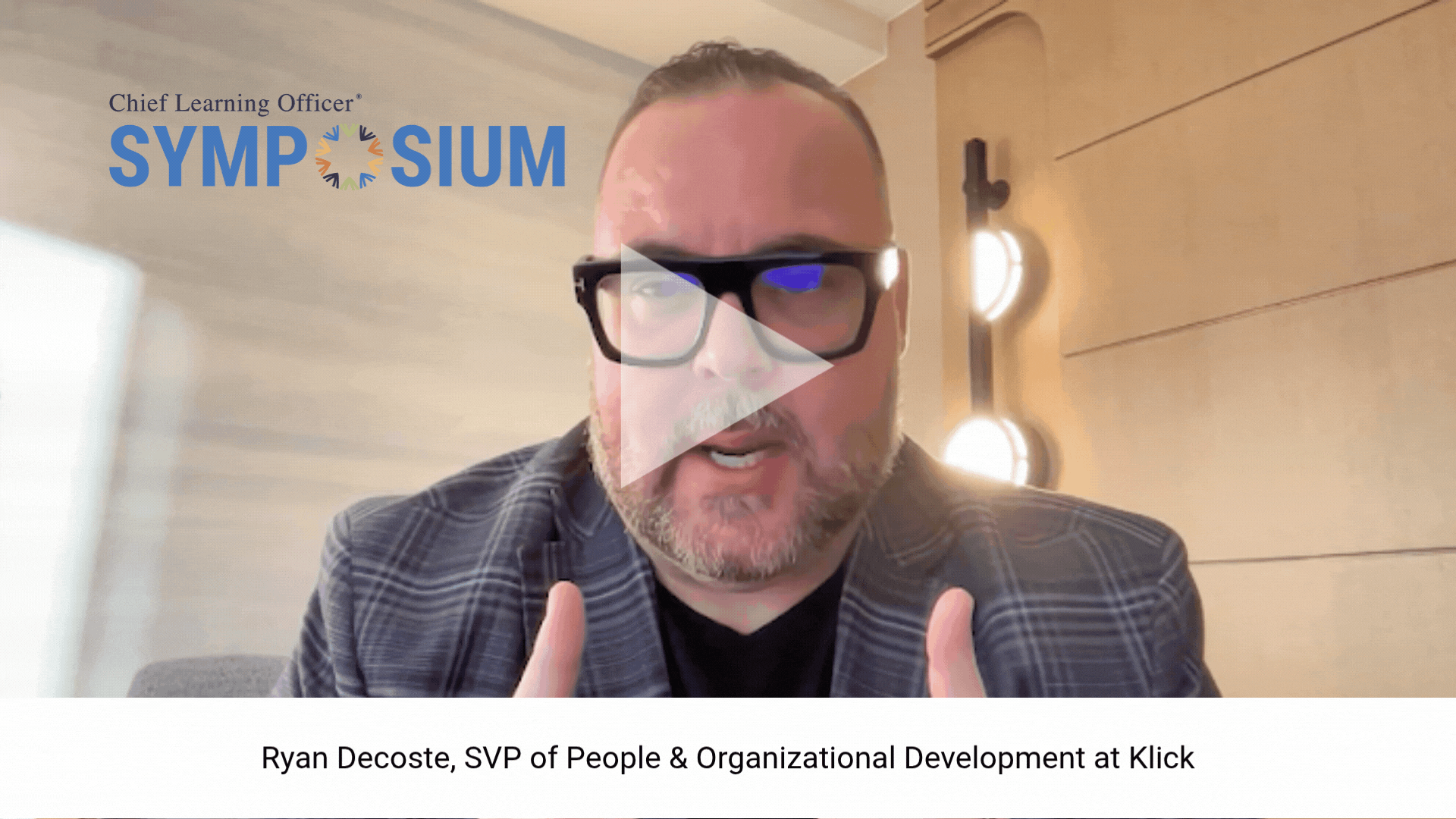Just as you can play great, horrible and forgettable songs on your iPod, you can play great, horrible and forgettable learning podcasts on that same device.
Over the past 18 months, corporate learning departments have contributed to an acute rise in both interest and deployment of podcasts for learning. We’ve tracked significant growth in the deployment of podcasting in these categories:
Blended Models: Using a podcast in conjunction with a face-to-face classroom experience.
Stand-Alone Podcasts: Using a podcast as a stand-alone content offering.
Our challenge is to design, create and deploy podcasts that are authentic and valued learning assets. Here are a few tips that I have learned from the 200-plus podcasts I’ve produced:
Keep the Design Simple.
Keep the Segment Short. Keep podcasts between eight and 10 minutes. There seems to be a huge decline in people who start (and, more importantly, finish) podcasts that are longer than 15 minutes. You can always break them into shorter segments.
Two Voices are Better Than One. Learners respond better to podcasts that have two different voices. One could be an interviewer and the other a subject-matter expert, or two colleagues could do a podcast together. The change in voices helps the listener’s brain to track and focus better.
Do it Yourself. Use simple software such as GarageBand from Apple or Audacity (open source) and create the podcast on your computer.
Tracking is Coming. Greater interfaces with learning management and learning content management systems to podcast tracking are coming.
One final thought: Experiment! Try it as a learner, as a producer and as an instructional designer. Listen to dozens of podcasts from other organizations. You will fail your way to success on this simple and emerging technology.
Elliott Masie is the host of Learning 2007 and president and CEO of The Learning CONSORTIUM. He can be reached at editor@clomedia.com.
